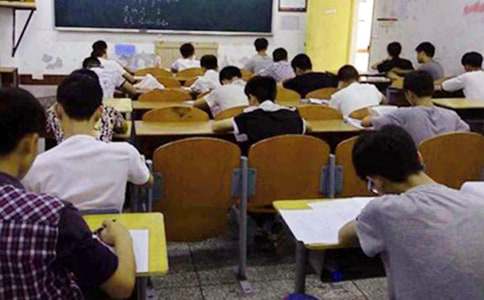- 相关推荐
2018年职称英语考试助动词用法
协助主要动词构成谓语的词叫助动词(Auxiliary Verb),也叫辅助动词。被协助的动词称作主要动词(Main Verb)。助动词用来构成时态和语态。 助动词具有语法意义,但没有词汇意义,不可单独作谓语。

英语中的助动词有下面这些:
(1)be, am, is, are, was, were, been, being
(2)have, has, had, having
(3)shall, will, should, would
(4)do, does, did
1. 由连系动词am,is,are构成的句子
变一般疑问句时把am,is,are提到句子的前面,句尾用问号即可。变否定句时直接在am,is,are后面加not即可。
2. 由情态动词can, may, will ,shall等构成的句子
变一般疑问句时把 can, may, will ,shall提到句子的前面,句尾用问号即可。变否定句时直接在can, may,后面加not即可。
3. 由行为动词构成的句子
需要加助词do或does. 变一般疑问句时把do/does放在句子前面。 变否定句时把don‘t/doesn’t放在动词的前面。要注意观察动词的形式并对号入座。一般疑问句和否定句的动词三单式都要变回原型。
例如:
肯定句: They play football after school. He plays football after school.
一般疑问句: Do they play football after school? Does he play football after school?
否定句: They don't (do not) play football after school. He doesn‘t’ play football after school.
画线提问:
对they/he提问: Who plays football after school?
对play football提问: What do they do after school? What does he do after school?
对after school提问: When do they play football? When does he play football?
4. 由have, has构成的现在完成时句子
(1)变一般疑问句时把have, has提到句子的前面,句尾用问号即可。变否定句时直接在have, has后面加not即可。例如: 肯定句:He has read today‘s newspaper. 一般疑问句: Has he read today’s newspaper? 否定句: He has not read today‘s newspaper 画线提问: 对he提问: Who has read today’s newspaper? 对today‘s newspaper提问: What has he did?
(2)had是have和has的过去式,在构成的过去完成时句子中,变一般疑问句时把had放到句子的前面,句尾用问号即可。变否定句时直接在had后面加not即可。 (3)若have, has, had没有出现在完成时的句子中,则当实义动词对待,请参考实义动词的用法。
5. 第一人称I,we在变疑问句时,应变为第二人称you.
“I am, you /we /they are”这是最简单的固定搭配,就不再唠叨了。
【职称英语考试助动词用法】相关文章:
情态助动词用法11-10
助动词的具体用法08-14
英语情态助动词用法07-25
2016职称英语考试倒装句的用法09-11
助动词do的用法中考英语难点语法详解09-02
职称英语考试07-28
初中英语语法:助动词do,does的用法12-31
职称英语考试大纲10-29